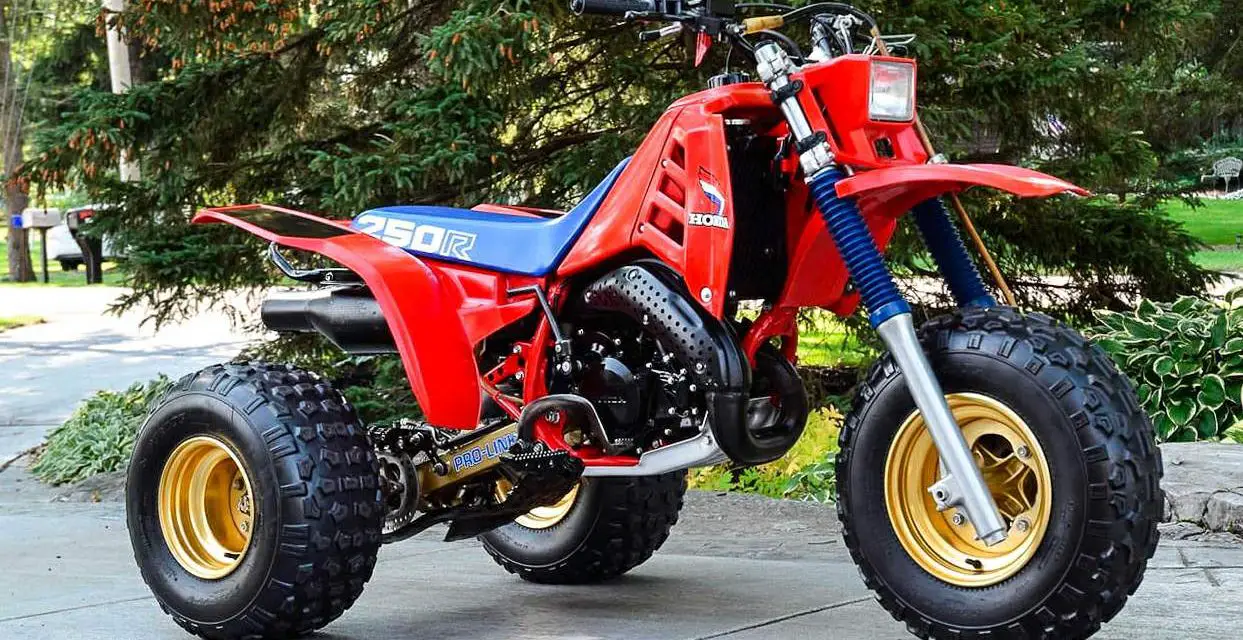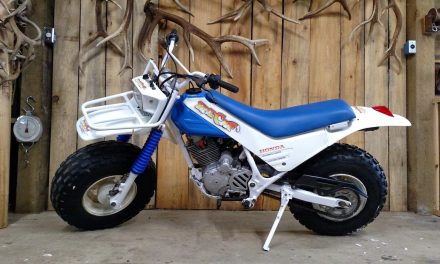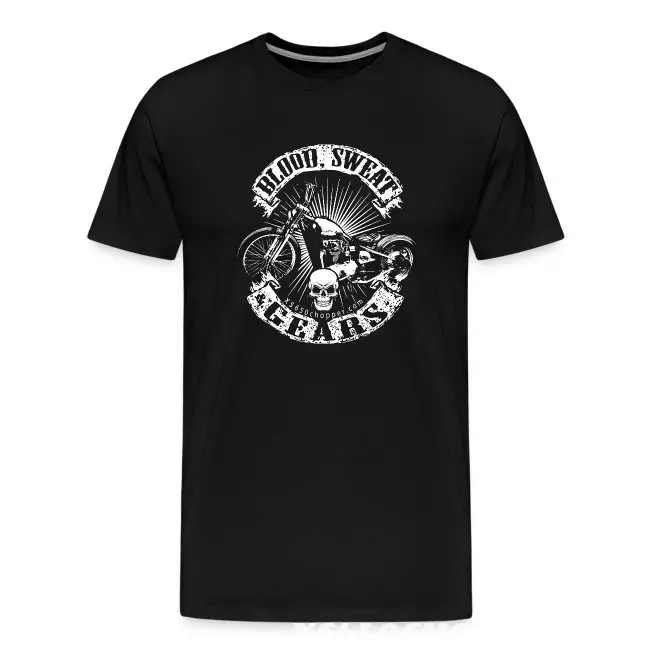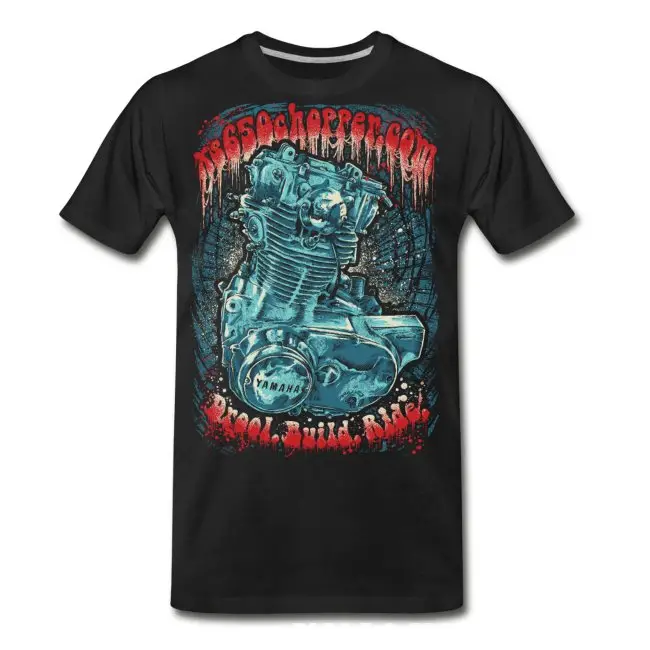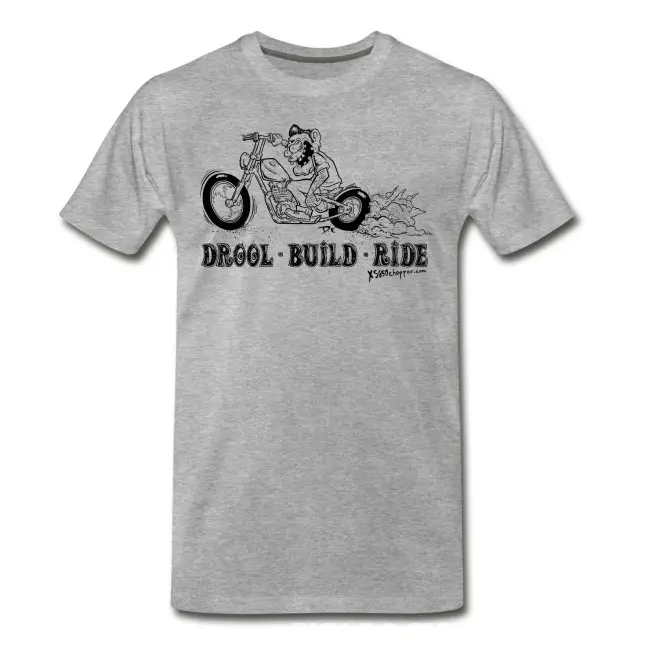Honda’s ATVs have been the backbone of off-road adventure and utility for decades. These machines have brought joy, utility, and a touch of rebellion to the lives of many. In the golden era of the three-wheeler, Honda was at the forefront, crafting some of the most iconic and beloved models.
However, the journey of the three-wheeler has been tumultuous, with its rise, dominance, and eventual decline. This article explores the seven key ways in which we, the riders, enthusiasts, and the industry as a whole, contributed to the end of Honda’s greatest ATV.
1. Ignoring the Origins and Innovations
Honda’s three-wheeled ATVs didn’t just appear out of thin air. They were the result of innovative thinking and design, inspired by the likes of John Pinger’s project Tricart. As enthusiasts, we often overlooked the ingenuity of these early machines, which set the stage for what was to come. Pinger’s work laid the groundwork for the off-road segment, solving design problems that Honda would later tackle with their ATC models.
The inception of the ATV market was a game-changer, and Honda wasn’t the first to make a three-wheeled ATV, but they certainly perfected and popularized it. Honda’s early ATC models, like the ATC90, were a direct result of taking cues from these pioneering designs. However, as the industry evolved, we started to take for granted the innovations that made these vehicles so special in the first place.
2. The Shift in Market Dynamics
The ATV market grew rapidly, with Honda’s ATC range dominating the scene. The company’s patents made it difficult for competitors to enter the market without paying royalties, which stifled innovation for a time. But when companies like Yamaha and Kawasaki finally joined the fray, the market dynamics shifted. We, as consumers, were always hungry for the next big thing, and our insatiable appetite for more powerful, more sophisticated machines pushed the industry to its limits.
Honda’s ATC range expanded to include models like the ATC70, ATC185, and the Big Red, but as the competition heated up, the focus turned to performance and utility. This shift led to incredible innovation, but it also meant that the simple joy and utility of the original ATCs were being overshadowed by a race for power and speed.
3. The Pursuit of Performance Over Safety
As the 1980s dawned, the ATV industry was in a state of rapid evolution. Performance became a key selling point, with models like the ATC 250R showcasing the pinnacle of three-wheeled racing capabilities. These machines were fast, powerful, and exhilarating, but with great power came great responsibility—a responsibility that wasn’t always taken seriously.
We, as riders and enthusiasts, were drawn to the thrill of speed and the allure of competition. This pursuit of performance often came at the expense of safety, with many riders pushing the limits of these machines without proper training or understanding of the risks involved.
4. Marketing Missteps and Misunderstandings
The marketing of ATVs, particularly to younger audiences, played a significant role in the decline of three-wheelers. Advertisements showcased the fun and excitement of riding ATVs, often targeting children with models like the ATC70. The logic seemed sound: three wheels must be safer than two, right? Unfortunately, this wasn’t the case.
As consumers, we were influenced by these marketing messages, and many parents bought ATVs for their kids without fully comprehending the dangers. Riding a three-wheeler required a specific set of skills and an understanding of vehicle dynamics that weren’t properly communicated in these ads.
5. Regulatory Challenges and Safety Concerns
The lack of early safety regulations for recreational vehicles meant that ATVs were often used without proper safety gear or training. As accidents occurred, the spotlight turned to the inherent risks of riding ATVs, particularly three-wheelers. The Consumer Product Safety Commission began investigating these risks, leading to regulatory proceedings that would change the landscape of the ATV market.
We, as a community, were slow to adopt safety practices and to push for regulations that would ensure a safer riding experience. This oversight contributed to the mounting number of accidents and the eventual ban on the sale of three-wheel ATVs.
6. The Rise of Litigation and Public Perception
As accidents and injuries mounted, so did the lawsuits against ATV manufacturers. The public perception of ATVs, especially three-wheelers, began to sour. The vehicles were seen as dangerous and unpredictable, leading to a wave of litigation that targeted the manufacturers for their supposed negligence.
The industry, including riders and manufacturers, was forced to confront the consequences of these perceptions. The legal battles and the negative publicity played a significant role in the demise of three-wheeled ATVs, as manufacturers were held accountable for the safety of their products.
7. The Evolution to Four-Wheeled ATVs

In response to safety concerns and regulatory pressure, the industry shifted towards four-wheeled ATVs. These new models were marketed as being more stable and safer than their three-wheeled predecessors. However, the transition wasn’t without its problems. Injuries and deaths continued, as the underlying issues of rider training and responsible use were not fully addressed.
We embraced the four-wheeled ATV, often under the mistaken belief that an extra wheel equated to extra safety. This mindset perpetuated the cycle of accidents, as the core issues of education and respect for the vehicle’s capabilities were not adequately tackled.
In conclusion, the story of Honda’s greatest ATV is one of innovation, excitement, and ultimately, a cautionary tale of how the pursuit of performance and market dynamics can overshadow safety and responsibility. As we look back on the legacy of the three-wheeler, it’s important to remember the lessons learned and to approach the future of off-roading with a greater emphasis on safety, training, and respect for the machine.

